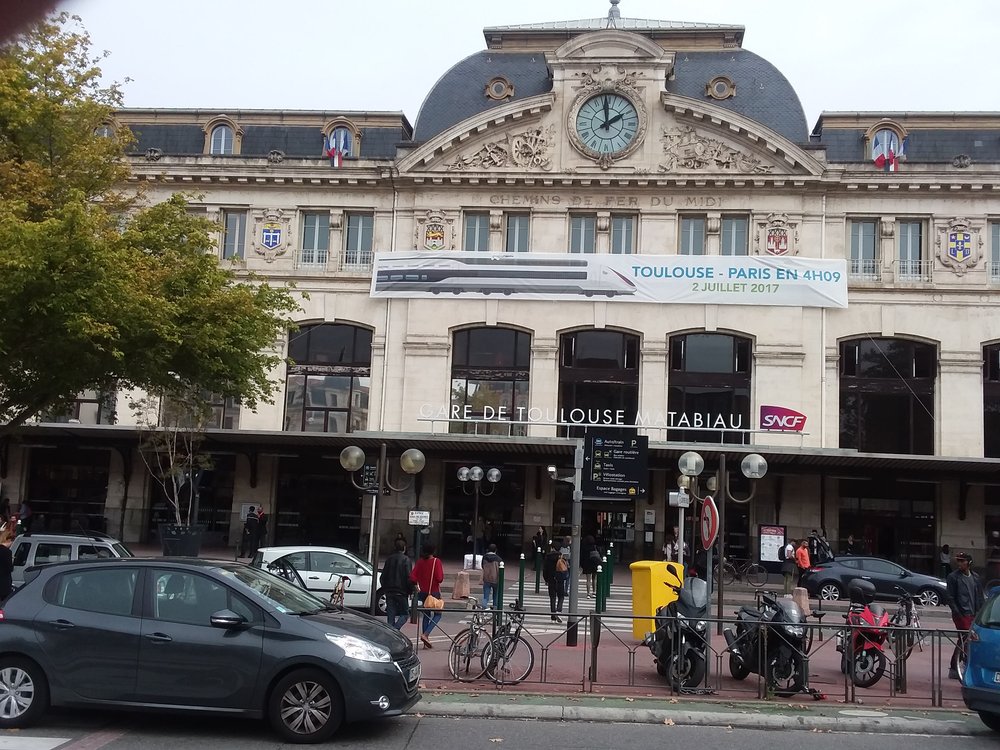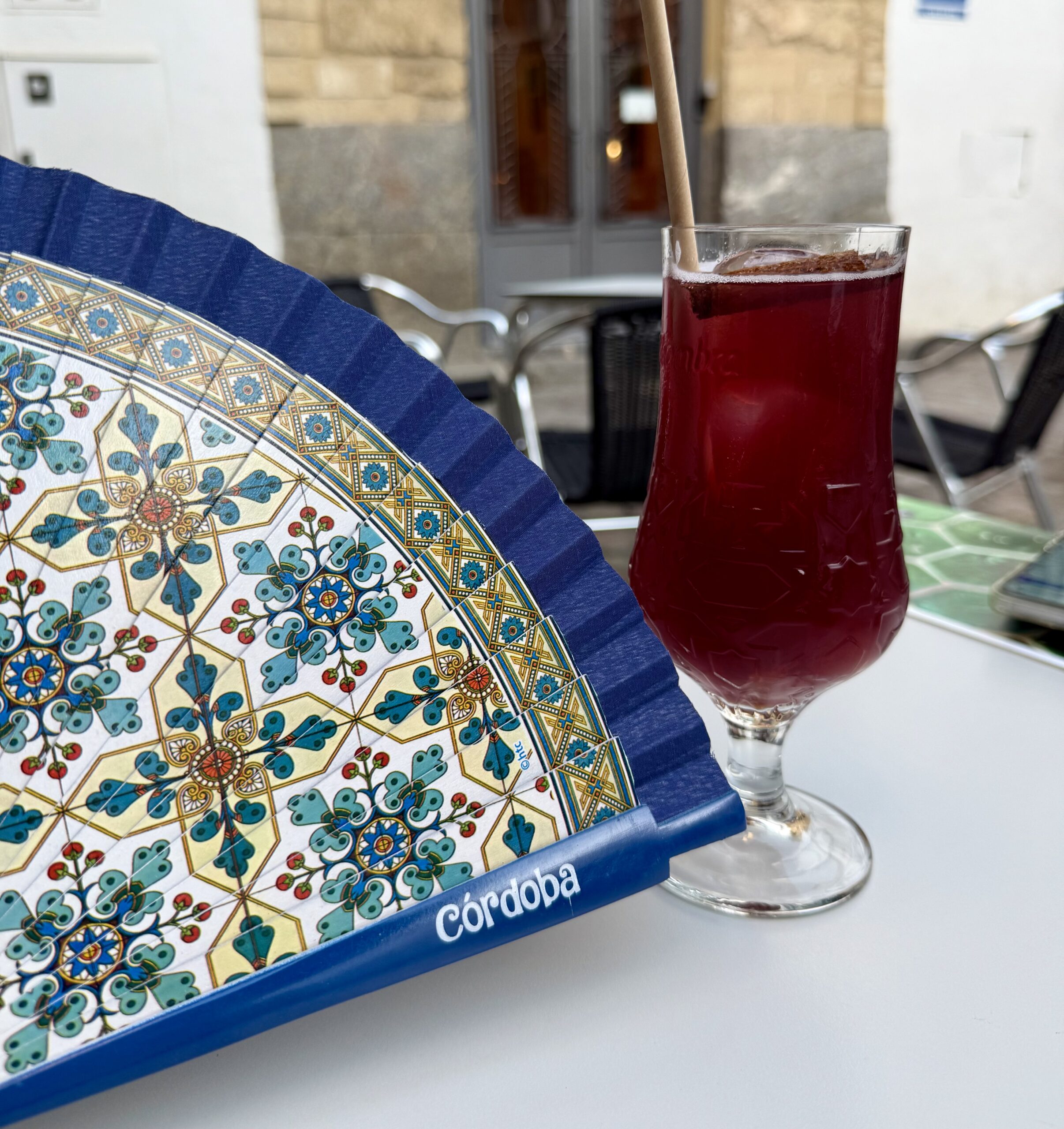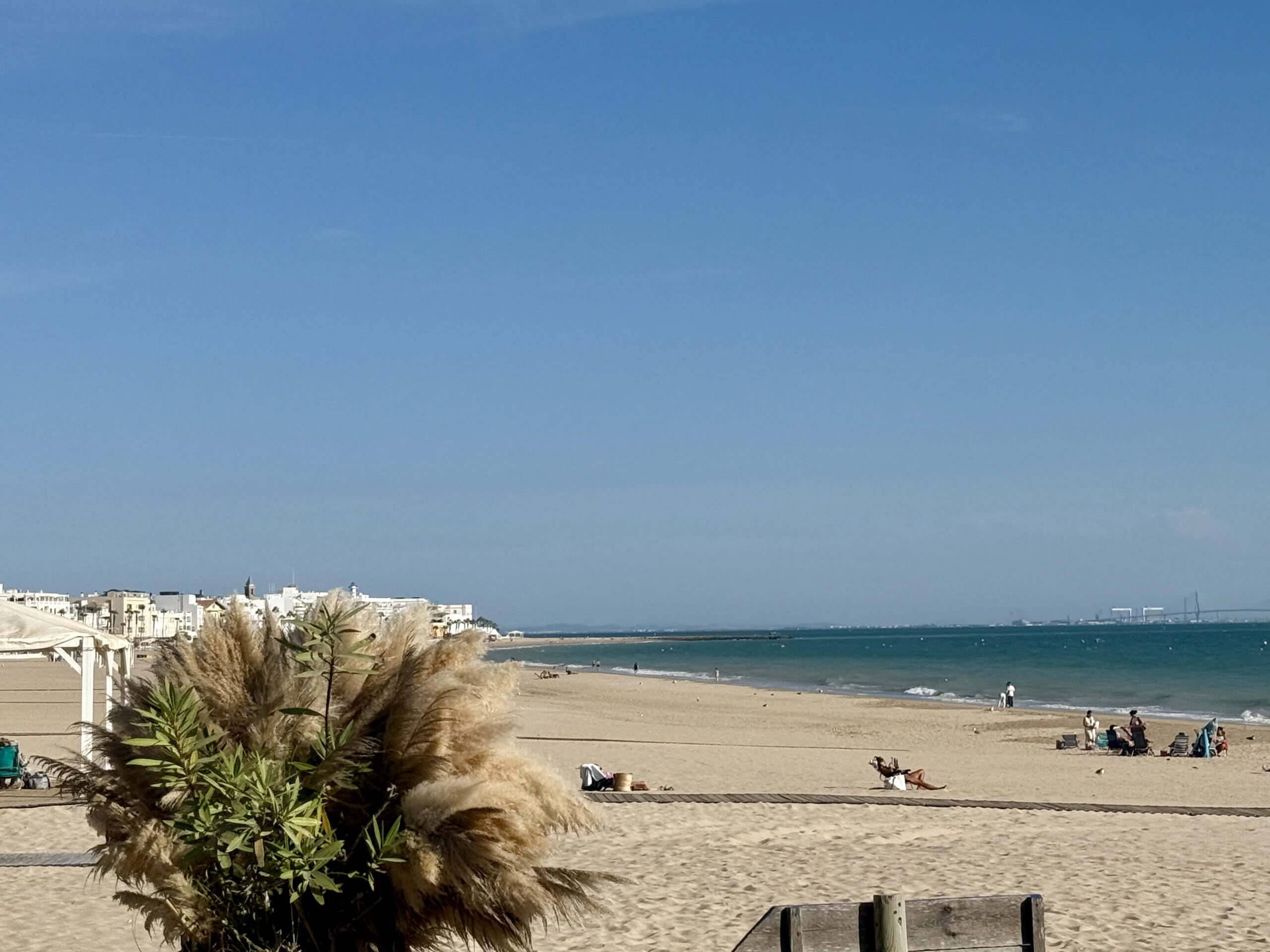
Romancing the Rail
December 11, 2017

My earliest childhood memory is of a train, but it’s a frightening one. My family was relocating back to New Orleans from Chicago. I’d like to say we were aboard the Illinois Central’s City of New Orleans; it would make the frightening image more cozily romantic at least. But the memory is of a train at night, making our passage good on the IC’s Panama Limited. Regardless, the image I can still recall is a two and a half year-old boy alone and staring at the open space between two cars. The colors of the image are dark green and black, and I am transfixed by a rubbery corrugation stretched over the open space between the two cars being jostled about by the train’s motion. I suppose it was my two and a half year-old brain telling me that I could easily slip through that open space and be lost forever, whatever that rubbery thing was supposed to do to protect me. As a teenager at war with my father, I would recall that image and wonder whether my being left alone on that train was an early example of parental neglect. As an adult, I wonder if any part of that childhood memory was accurate. In particular, that rubbery thing.
But I grew up loving trains. One of my best remembered Christmas presents was a Lionel train set; I still remember the electrical burning smell of the transformer as it overheated from overuse. As it is with most people, the lonesome shrill of a train whistle splitting the night suggests journeys of great distance and mystery. Running futilely for a commuter train pulling out of your station is one of the great moments of gloom and despair one can experience, a stark reminder of the slave master that is the timetable.
The look of a train snugly poised for departure at its numbered platform has an encapsulating cocoon-like appearance, with its darkened windows, narrow boarding doors and long, silvery length stretching the length of the terminal, as if there need be no end to it. The whole scene bespeaks a womblike envelope of iron and steel. The unsentimental could cynically make the same case for the cabin of an airplane that also has the advantage of covering vast distances in a fraction of the time it would take a train to cover. To which I’d respond, “Yeah, but there’s no middle seat on a train, fella!” To say nothing of TSA, seatbelts and windows that look out… to what? The Troposphere? Give me a break and go back and climb over your seatmates.
While the sleek engine designs of the high-speed bullet trains have a distinct Jestsons flair about them, my favorite are those big-shouldered diesel locomotives of the 40s and 50s. Their engine cabs were like faces, their split windshields like squinty eyes, the cabs’ external contours like high cheekbones, with bulbous noses and jutting jaws above the teeth of their grills; overall they were a gaze of supreme power and confidence bordering on the arrogant. No train with a face like that is going to let a two and half year-old left alone by neglectful parents fall through its tracks, I’ll you that Mr. Airplane Snob!
By the way when you arrive by train, you’re still not fifty miles from where you need to be. And just check out the expression on a friend’s face when you ask for a ride to the airport as opposed to a lift to the train station. (This primarily applies to Europeans; most Americans don’t know where the train station is.)
Of course this is all just personal bias, right? A couple of years back, I took a ride on a historically restored train. Passengers (plenty of dads and grandads with little ones in tow) arrived in full regalia of overalls, striped engineer hats and a permanent gleam of childhood pasted on their faces. Not a one showed any fear of falling through the cracks between the cars, either.



Be the first to comment